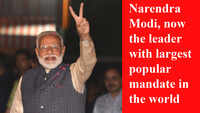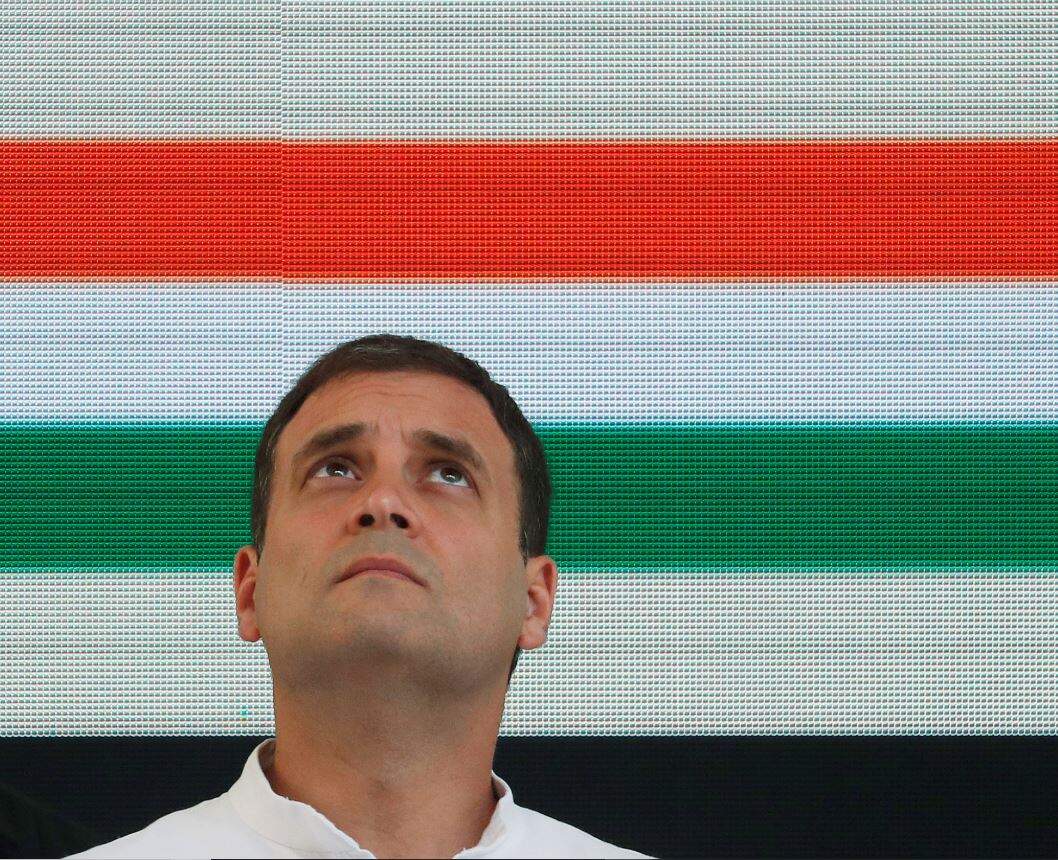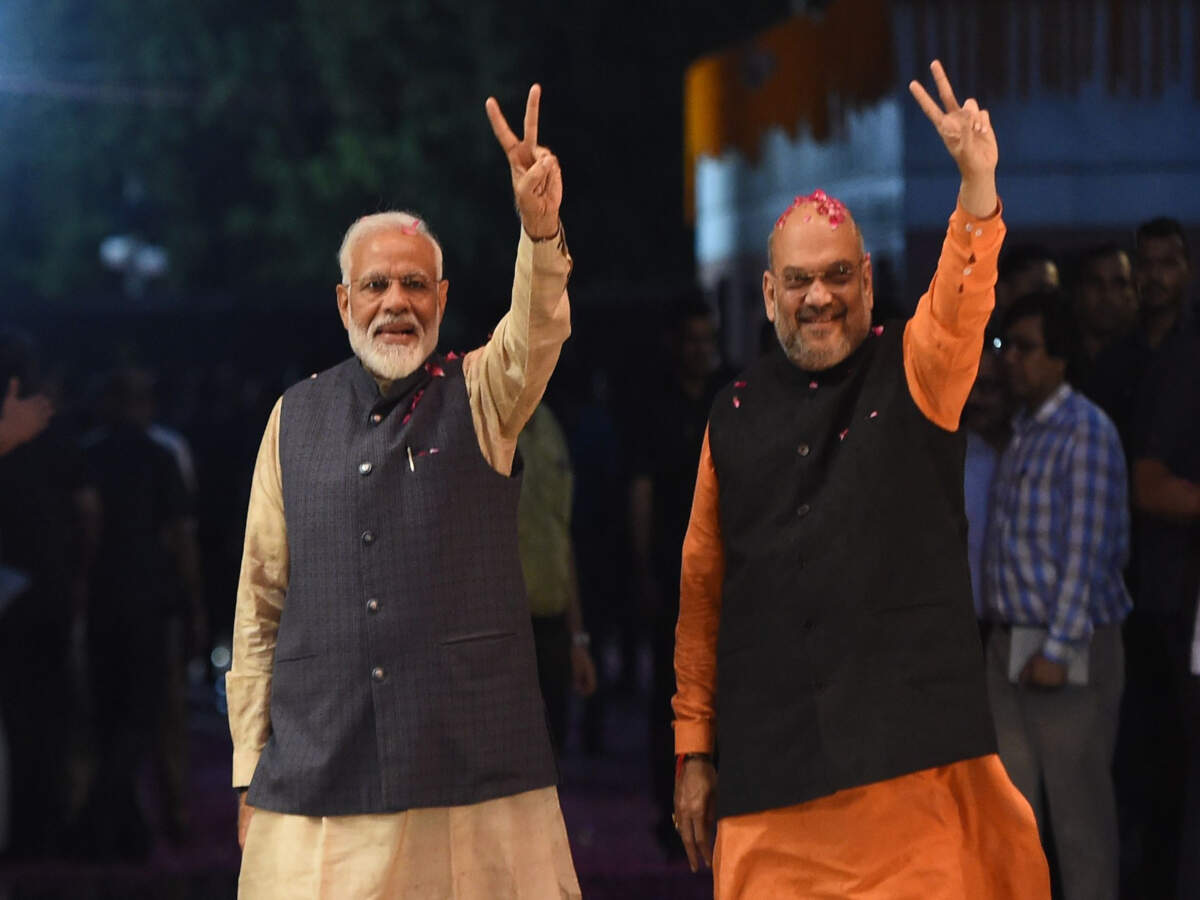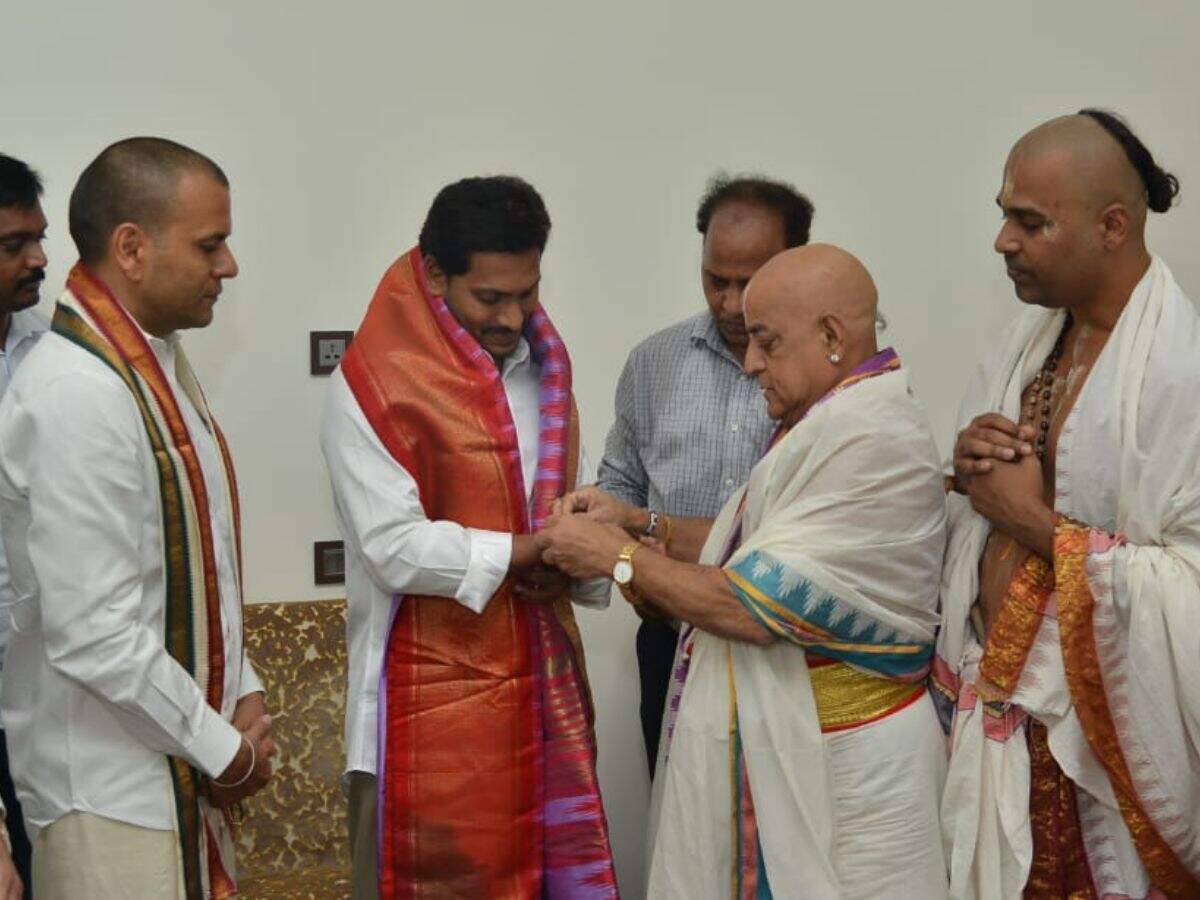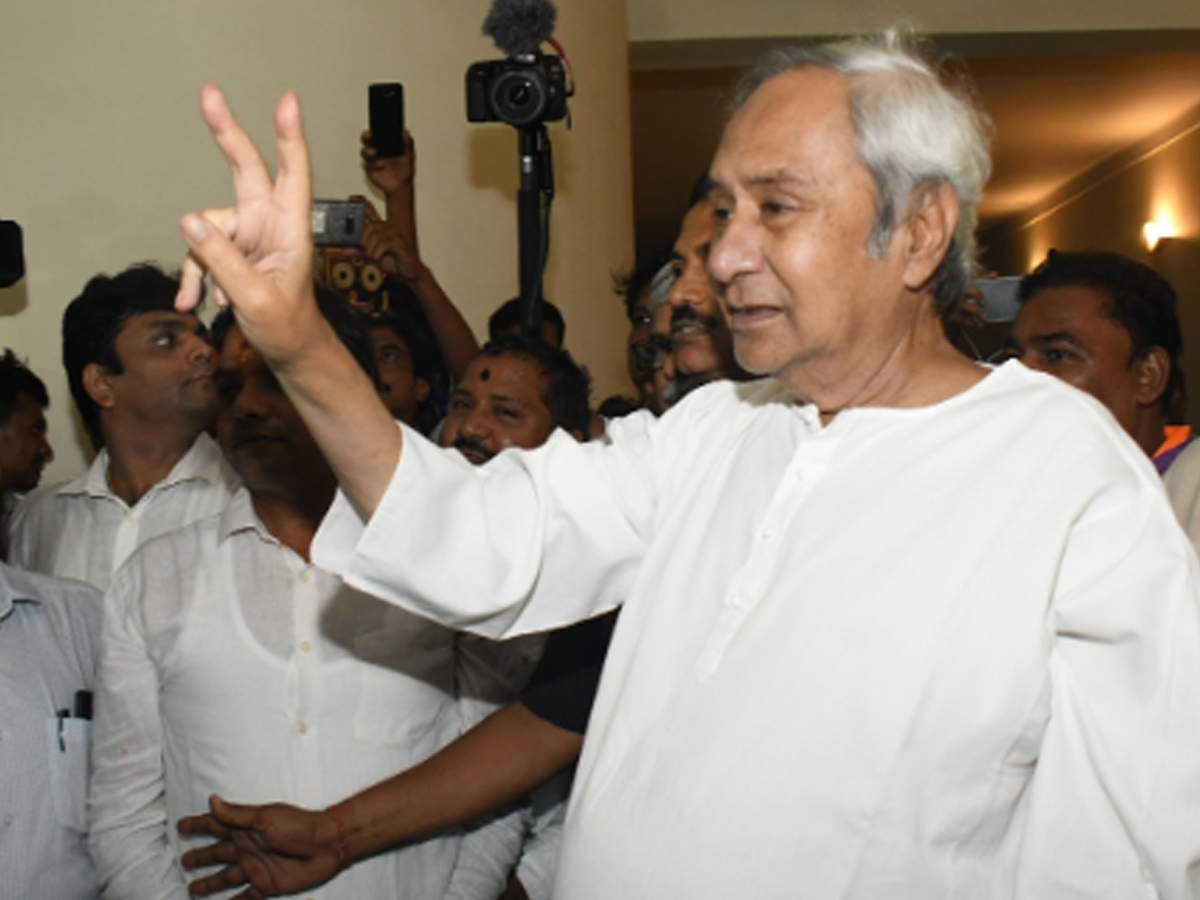
Highlights
NEW DELHI: For the second successive Lok Sabha polls, the BJP has managed to cross the halfway mark of 272 seats — where it had won 282 seats in 2014, this time, it won 21 more seats to finish with 303 seats. In fact, Modi 2019 beat Modi 2014 in many areas:
1. BJP added 6.4% to its 2014 vote share, taking it to 37.4% — almost twice the Congress vote share of 19.5% which was 0.2% higher than 2014. In Hindi heartland, BJP won 141 seats (71% of contested) with more than 50% vote share; BSP managed an all-India vote share of 3.7%.
2. 224 seats where BJP’s vote share exceeded 50% compared to 136 in 2014.
3. 15 seats won by a margin of over 5 lakh; (highest margin of 6,89,668 by C R Patil of BJP in Gujarat’s Navsari); it was six seats in 2014.
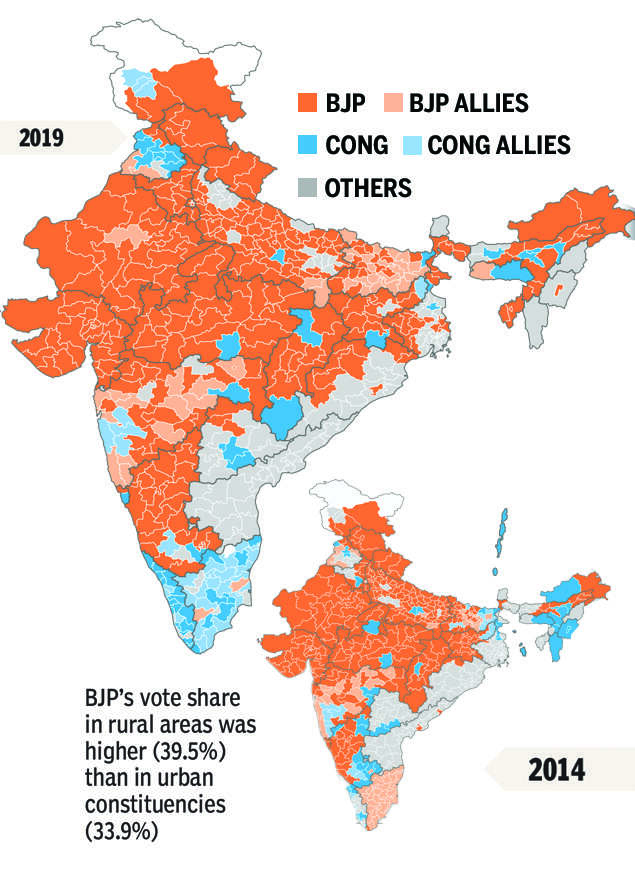
Complete coverage: Lok Sabha elections
So why does the single largest party with a majority still need to humour its smaller allies?
Beyond the Centre
There's life outside the Parliament, especially in the states where the BJP has a coalition government with one or the other ally — such as in Bihar, where it's in bed with the Nitish Kumar-led JD(U), Maharashtra, where the Shiv Sena is crucial for support despite its constant barbs in its official mouthpiece Saamna, the North East, where the BJP along with other non-Congress parties in each state formed the North East Democratic Alliance (NEDA) which is currently in power in Assam, Tripura, Arunachal Pradesh, Meghalaya, Nagaland, Sikkim and Manipur. The BJP, which earlier had a wafer thin majority in Goa, where it's in alliance with the GFP, has now managed a majority after winning three assembly bypolls on Thursday. Even in states where it is not in power, such as in Punjab, where it's in alliance with the SAD, the BJP can ill-afford to antagonise a party that has a strong hold in a Sikh-dominated state.
Beyond the Lok Sabha
The Parliament has two houses — and while the BJP can afford to ride roughshod over its allies in the lower house, the Lok Sabha, it needs them in the Rajya Sabha to push through important legislative business such as bills, amendments and new laws. That's because the BJP has only 73 members in the 245 member upper house — the halfway mark being 123, which even after adding the allies seats, it is unable to achieve as the NDA total comes to 102 members. Given the paucity of friendlies, it would make little sense to antagonise the allies.
Beyond the homilies
There's a saying — keep your enemies close, but keep your friends closer. The BJP, in the past, has been helped out by non-NDA parties such as Naveen Patnaik-led BJD and the K Chandrashekar Rao-led TRS — like last year, in the election of the Deputy Chairman of the Rajya Sabha. In fact, the BJD has indicated its willingness to join the NDA if Odisha was granted special status — and this was before the results for the 2019 Lok Sabha and assembly polls were declared. Keeping them in good humour may be politically expedient as while they may help out the BJP in times of need sometimes, they can also be of help to a mahagathbandhan if it suits them. In fact, having them part of the NDA rules out that possibility.
1. BJP added 6.4% to its 2014 vote share, taking it to 37.4% — almost twice the Congress vote share of 19.5% which was 0.2% higher than 2014. In Hindi heartland, BJP won 141 seats (71% of contested) with more than 50% vote share; BSP managed an all-India vote share of 3.7%.
2. 224 seats where BJP’s vote share exceeded 50% compared to 136 in 2014.
3. 15 seats won by a margin of over 5 lakh; (highest margin of 6,89,668 by C R Patil of BJP in Gujarat’s Navsari); it was six seats in 2014.

Complete coverage: Lok Sabha elections
So why does the single largest party with a majority still need to humour its smaller allies?
Beyond the Centre
There's life outside the Parliament, especially in the states where the BJP has a coalition government with one or the other ally — such as in Bihar, where it's in bed with the Nitish Kumar-led JD(U), Maharashtra, where the Shiv Sena is crucial for support despite its constant barbs in its official mouthpiece Saamna, the North East, where the BJP along with other non-Congress parties in each state formed the North East Democratic Alliance (NEDA) which is currently in power in Assam, Tripura, Arunachal Pradesh, Meghalaya, Nagaland, Sikkim and Manipur. The BJP, which earlier had a wafer thin majority in Goa, where it's in alliance with the GFP, has now managed a majority after winning three assembly bypolls on Thursday. Even in states where it is not in power, such as in Punjab, where it's in alliance with the SAD, the BJP can ill-afford to antagonise a party that has a strong hold in a Sikh-dominated state.
Read also: Modi 2019 beats Modi 2014 — What this verdict means
Beyond the Lok Sabha
The Parliament has two houses — and while the BJP can afford to ride roughshod over its allies in the lower house, the Lok Sabha, it needs them in the Rajya Sabha to push through important legislative business such as bills, amendments and new laws. That's because the BJP has only 73 members in the 245 member upper house — the halfway mark being 123, which even after adding the allies seats, it is unable to achieve as the NDA total comes to 102 members. Given the paucity of friendlies, it would make little sense to antagonise the allies.
Beyond the homilies
There's a saying — keep your enemies close, but keep your friends closer. The BJP, in the past, has been helped out by non-NDA parties such as Naveen Patnaik-led BJD and the K Chandrashekar Rao-led TRS — like last year, in the election of the Deputy Chairman of the Rajya Sabha. In fact, the BJD has indicated its willingness to join the NDA if Odisha was granted special status — and this was before the results for the 2019 Lok Sabha and assembly polls were declared. Keeping them in good humour may be politically expedient as while they may help out the BJP in times of need sometimes, they can also be of help to a mahagathbandhan if it suits them. In fact, having them part of the NDA rules out that possibility.
Download The Times of India News App for Latest India News.
LOK SABHA ELECTION RESULT 2019
AP election results 2019Telangana elections results 2019Odisha election results 2019Chhattisgarh election results 2019Punjab election results 2019Uttarakhand election results 2019Karnataka election results 2019Madhya Pradesh election results 2019Himachal Pradesh election results 2019Haryana election results 2019Delhi election results 2019Maharashtra election results 2019Kerala election results 2019Bihar election results 2019Gujarat Lok Sabha election results 2019UP Lok Sabha election results 2019West Bengal election results 2019Tamil Nadu election results 2019
#ElectionsWithTimes
more from times of india news
Elections 2019
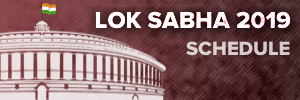
Trending Topics
LATEST VIDEOS
More from TOI
Navbharat Times
Featured Today in Travel
Quick Links
Rajasthan election 2019Andhra Lok Sabha electionGujarat Election 2019Karnataka Election 2019MP Lok Sabha electionMaharashtra election 2019West Bengal Lok SabhaTamil Nadu election 2019UP Election 2019Bihar election 2019UP Election DateAndhra Election DateBihar Election DateAndhra Assembly ElectionLok SabhaMP Election DateMaharashtra Election DateShiv SenaYSRCPTDPWB Election DateJDUCongressBJP newsGujarat Election DateSC ST ActUIDAIIndian ArmyISRO newsSupreme CourtRajasthan Election DateTelangana Election DateTamilrockers 2018Uttarakhand newsSikkim newsOrrisa newsKarnataka Election DateNagaland newsSatta KingManipur newsMeghalaya news
Get the app

